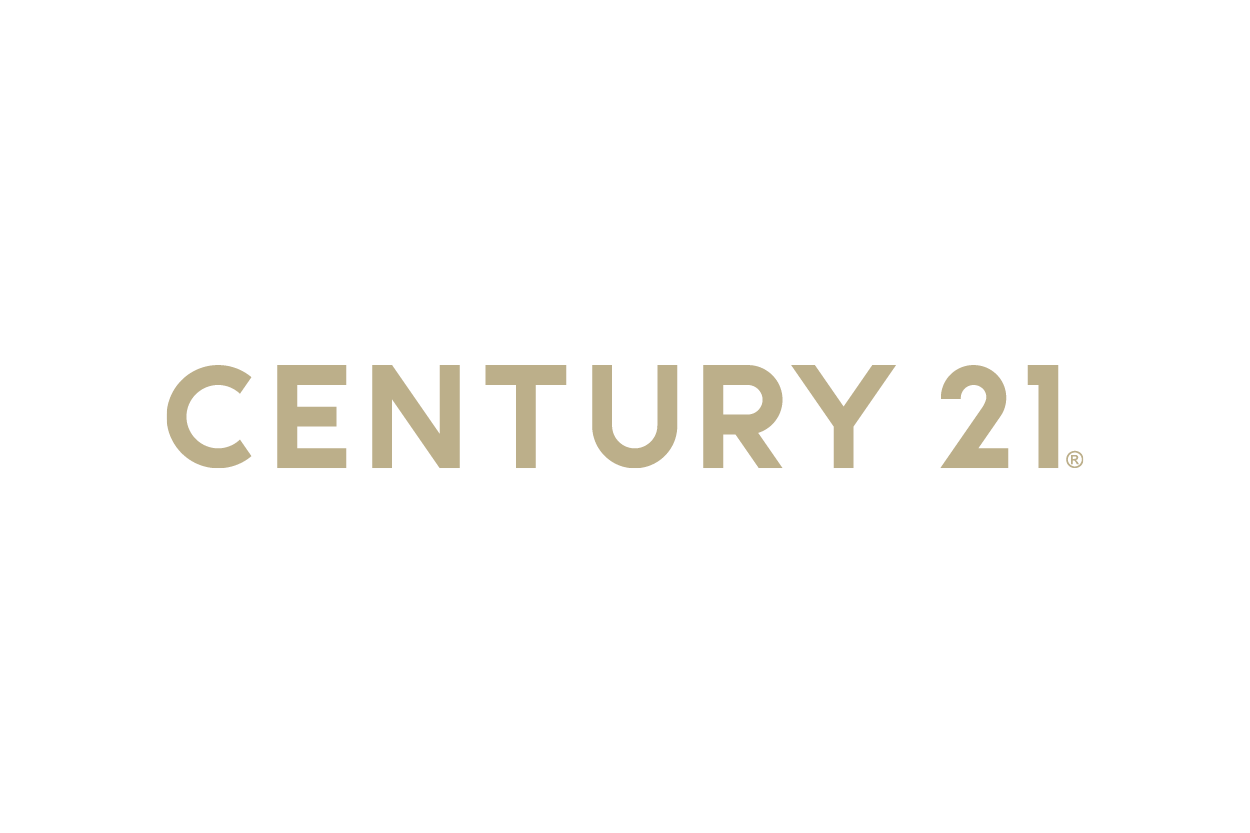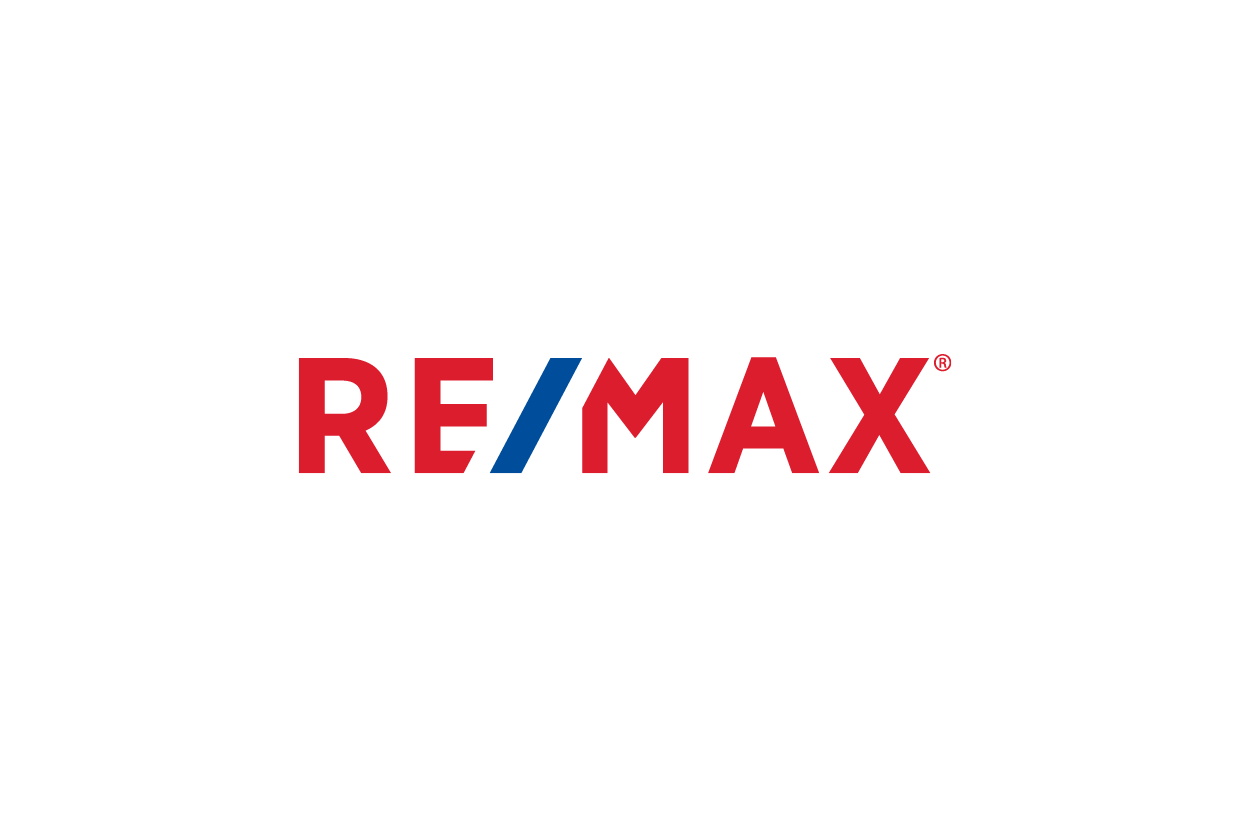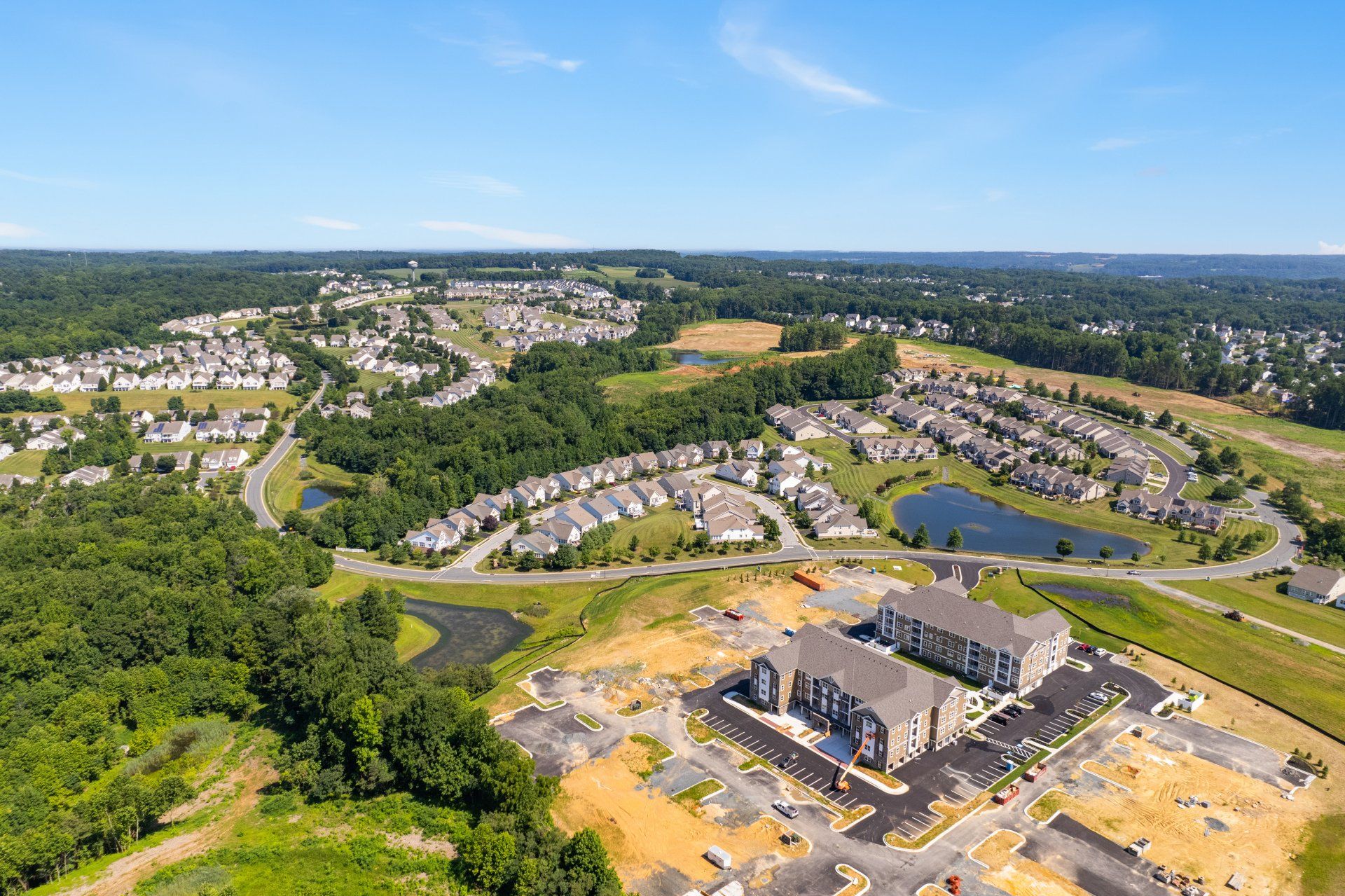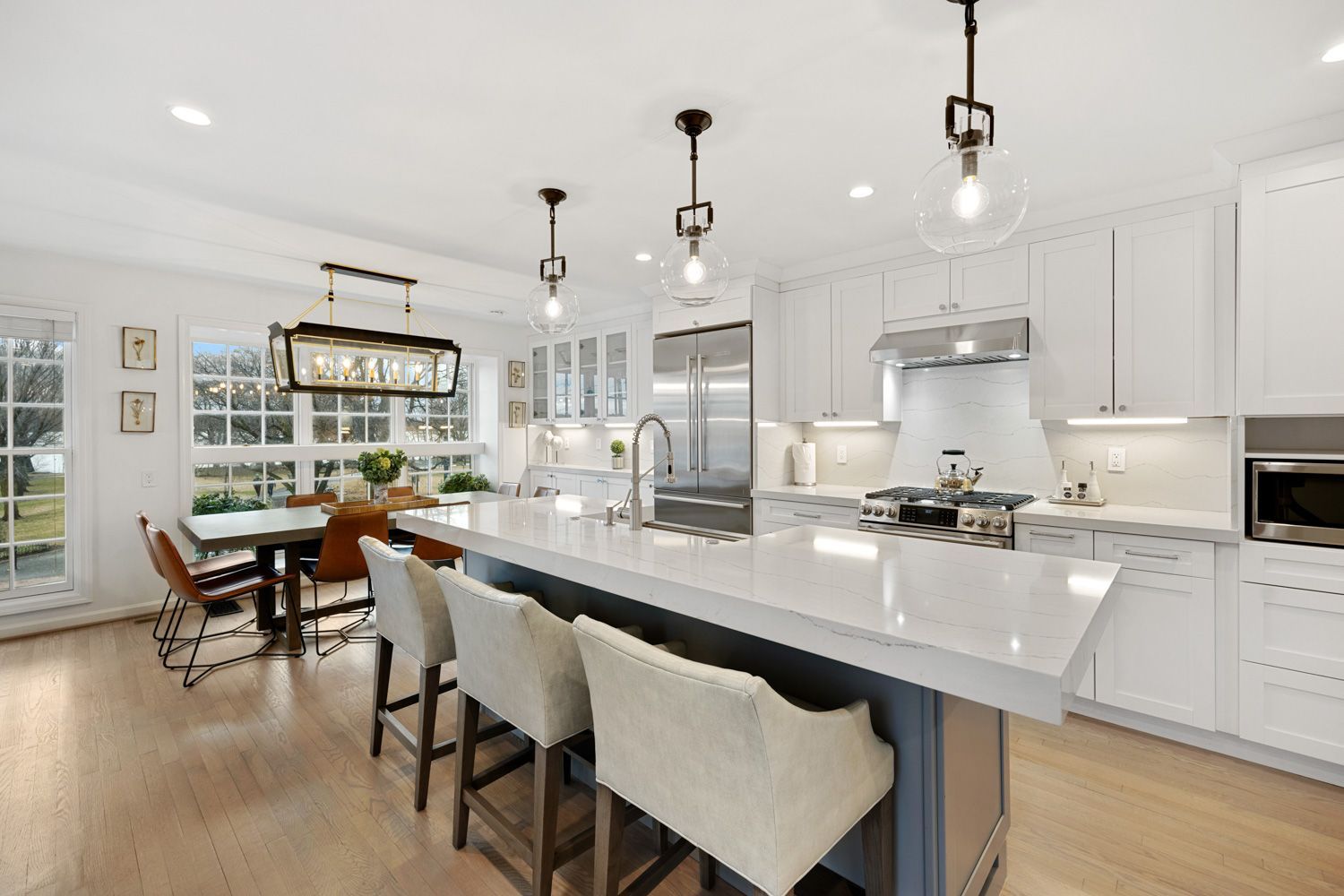Meet Victor Coll, a seasoned expert in the art of in-bound content marketing. With a proven track record in crafting winning content strategies, Victor excels in attracting and engaging audiences organically. His proficiency extends to optimizing content for maximum impact, resulting in increased brand visibility and audience retention. Victor's dedication to the art of in-bound content marketing has helped businesses achieve remarkable growth. Join him as he shares invaluable insights and strategies to empower your content marketing efforts and drive meaningful connections with your target audience.
Choose the Right Camera For Your Virtual Tour
WHY PAY MORE?
With all of the buzz about 3D virtual tours in the wake of a worldwide pandemic, many agents have come across a common question: What’s the best 3D virtual camera should I use? Does it matter which 360 degree camera you choose?
Well, think about it like this. Many golfers standing on the first tee will break out a driver for their first shot. But a driver for their second shot? Probably not. The club they select next depends on the result of their drive. Did the ball land in the fairway? The rough? The sand? A range of conditions - distance, lie, wind, and more - each factor into the decision as to what club to hit.
In the same way, a range of factors can help you to decide what camera to use for your
virtual tours. And just as a golfer will not pull out the “big stick” for every shot simply because it can hit the ball the farthest, the right camera for the job is not always the one with the highest specifications or the newest features.
Matterport recently compared several cameras that are compatible with their platform, from their “gold standard”
Pro2 3D camera on one end, to an iPhone on the other, and with models from Ricoh and Insta360 in between. They even highlighted the laser-scanning Leica BLK360 at the higher end of the market. The aim is to help you figure out which camera makes the most sense for your needs.
Each type of camera has its pluses and minuses, trade-offs between features. The qualities compared between cameras include:
- Measurement accuracy.
One of the features of a
Matterport 3D tour is the ability of virtual visitors to measure spaces throughout a home or property: doorways, walls, countertops, and the like. The degree of accuracy of the capture device translates to the accuracy within the tour itself.
- 2D image quality. A virtual tour is made up of many two-dimensional images stitched together to create a three-dimensional representation of a space. The better the 2D image quality, the higher the capability of the camera.
- Speed. Time is often of the essence when creating a virtual tour for your clients. One of the features of a camera to take into consideration is the speed at which it can capture and process images.
- Outdoor capability. Some cameras perform better indoors than out; others do better outside.
- Stitching Artifacts. To produce a 3D representation of a space, computer software must stitch together multiple photographic images with overlapping fields of view. Due to slight variations in time or dynamic motion, digital artifacts are sometimes left behind. The best cameras compensate for these anomalies to create a smooth image.
- Cost. Cameras in this comparison range from a few hundred dollars to a whopping $18K plus.
Something to note is that, just because one camera has, say, a higher image resolution than another, does not mean that it is more suited to your needs. A driver may propel a ball the farthest, but that does not mean that it is the best club for the job. Consider your needs before selecting a camera for your 3D virtual tours.
Besides, once a camera meets a certain quality threshold, the differences in capability begin to diminish. Professional photographers may be able to detect the slight differences between resolution and image quality at the higher end of the scale, but the average eye might not. Again, the camera you choose depends on the requirements of the job.
With that said, here are some cameras for your consideration along with their general characteristics for comparison. They are not the only cameras available, but they are all supported by the Matterport platform and are of significant enough quality to produce quality virtual tours.
In their comparison study, Matterport captured images of the same space from the same angles with each camera. We have provided links so that you can view the results.
Matterport Pro2
The Matterport Pro2 is considered to be their flagship camera. With the best all-around performance across the metrics described above, the Pro2 is a fantastic choice for a professional photographer or agent who wants to provide a premium service to their customers. Coming in at $3,395, the Pro2 is by no means the cheapest camera on the list, but its 2D image quality is second to none. And while its outdoor performance is about average, its measurement accuracy is bested only by the Leica BLK360.
(Click for the
Pro2 showcase)
Leica BLK360
If you are looking for the highest level of 3D dimensional accuracy, especially in large spaces or outdoor locations, look no further than the laser scanning (LIDAR-based) Leica BLK360. The Leica is accurate to within 0.1%. Compare that to the still-impressive 1.0% of the Pro2 and the 4-8% accuracy (average) of other 3D cameras. But that accuracy comes with a hefty price tag at more than $18K!
(The BLK360 was not included in the visual comparison since the images are indoors)
iPhone
With their free 3D iOs capture app, you can transform your iPhone into a fairly accurate scanner for virtual tours. If you happen to have the latest iPhone 12 Pro Max with LIDAR support, you can put the power of the laser -similar to the Leica BLK360 - to work for a fraction of the cost. This option may be perfect for those times when access to a dedicated 3D camera is not an option, or if you are looking to dip your toe into the virtual water of virtual tours.
(Click for the
iPhone 12 Pro Max showcase)
360 Cameras (Ricoh, InstaOne, etc)
Finally, there are reasonably-priced 360 degree cameras worth exploring. Coming in at a bit more than $400, both the Insta360 ONE R and the Insta360 ONE X2 are extremely fast, hold their own very well when it comes to dealing with stitching artifacts, and can be used effectively outdoors as well as indoors. Likewise with the Ricoh Theta Z1, although the high resolution (360 degree 23MP) it serves up brings with it a price closer to $1K. The Ricoh Theta SC2, on the other hand, may not have the same specs (it still boasts a respectable 14MP), but it comes in closer to $300.
(Click for the
Insta360 ONE R;
Insta360 ONE X2; Ricoh
Theta Z1;
Theta SC2)
As you can see, your
Matterport showcase can be created with tools that range anywhere from a few hundred to many thousands of dollars - or even for free with the mobile device you already own. Now it is up to you to determine what your needs might be. Are you creating entry-level home tours or representations of large scale construction projects? Or do they need a fine touch for a reasonable price? Maybe you would prefer to create some of your tours yourself using a less expensive camera and hire a
3D virtual tour service for your higher-end offerings. With the evidence you now have in hand, you can make a choice with confidence. Which club will you select?


Real Estate Photography Blog Categories



CONTACT US
Brought to you by
1 Texas Station Court
Suite 130
Timonium, MD 21093
All Rights Reserved | ©2025 Hometrack Real Estate Marketing | Privacy Policy | Powered By Craig Westerman, Victor Ivan Coll , and Juno Digital Media












